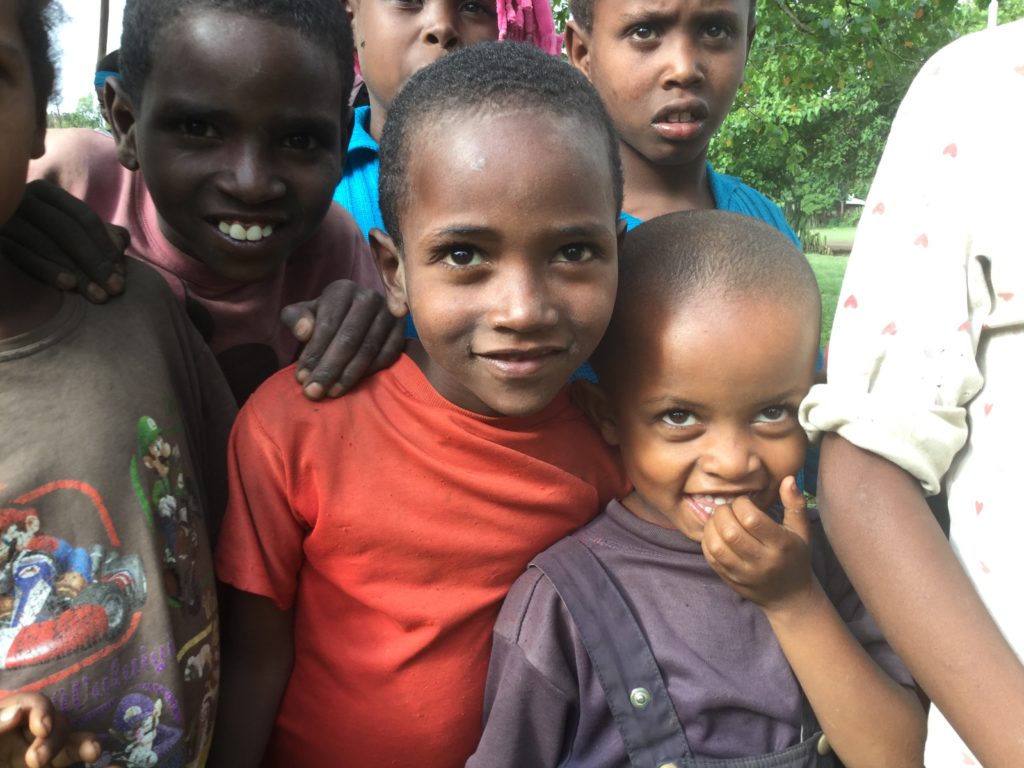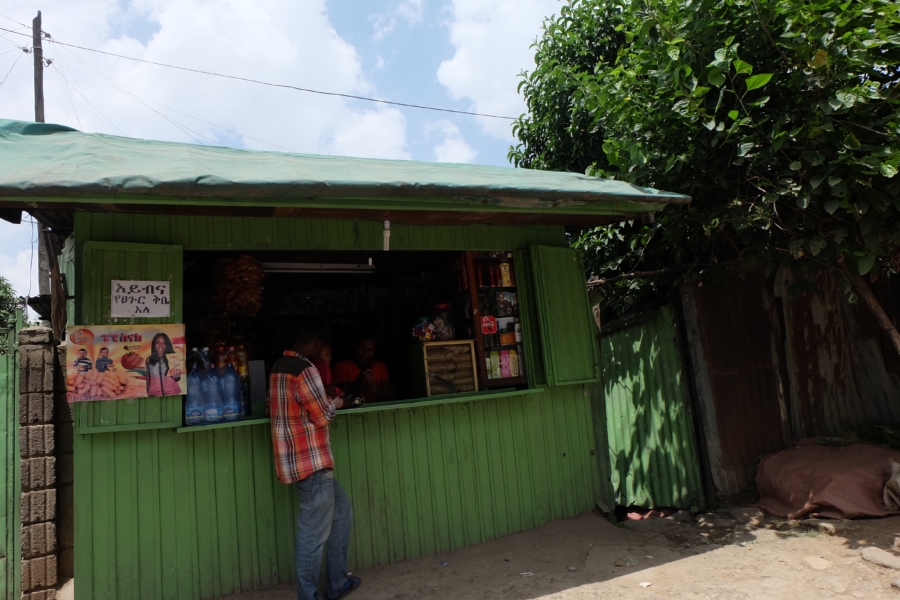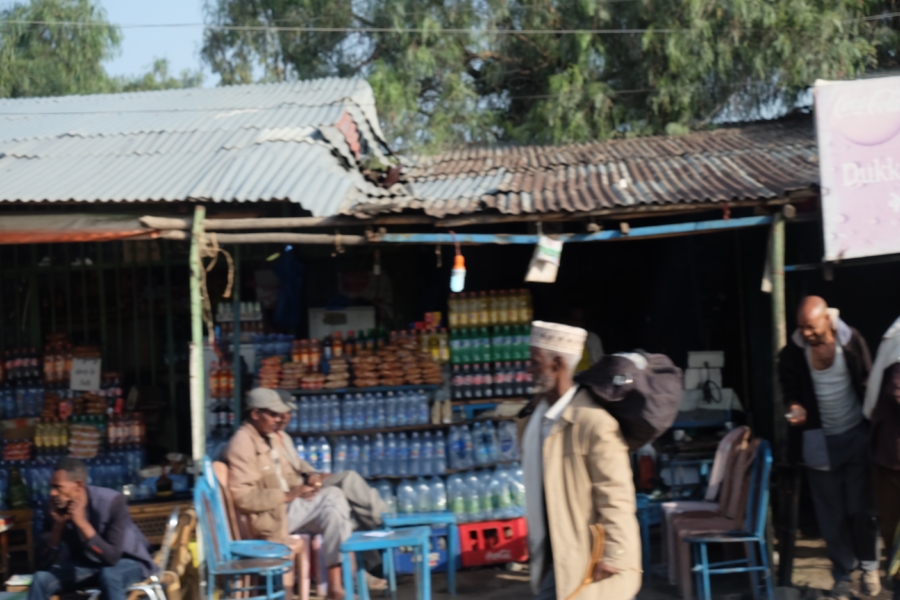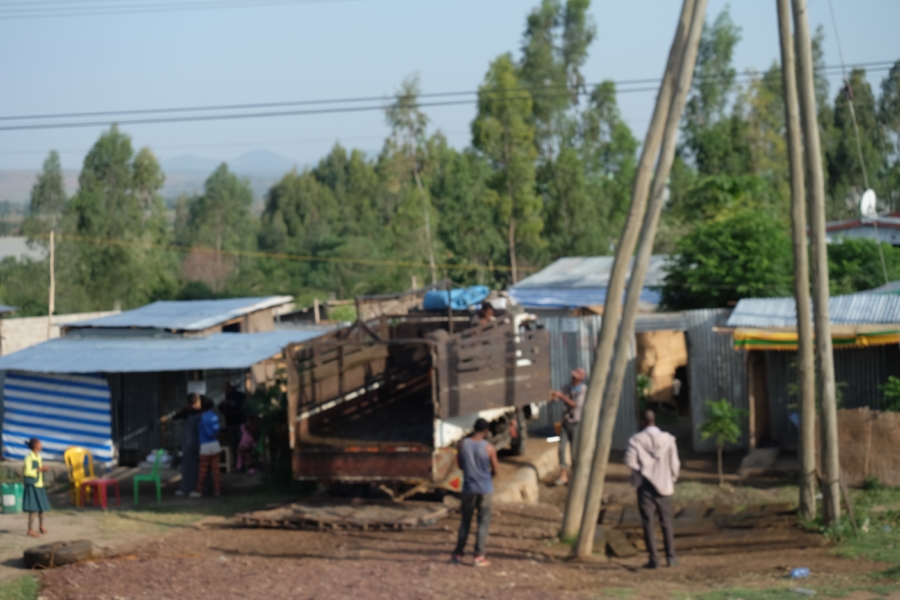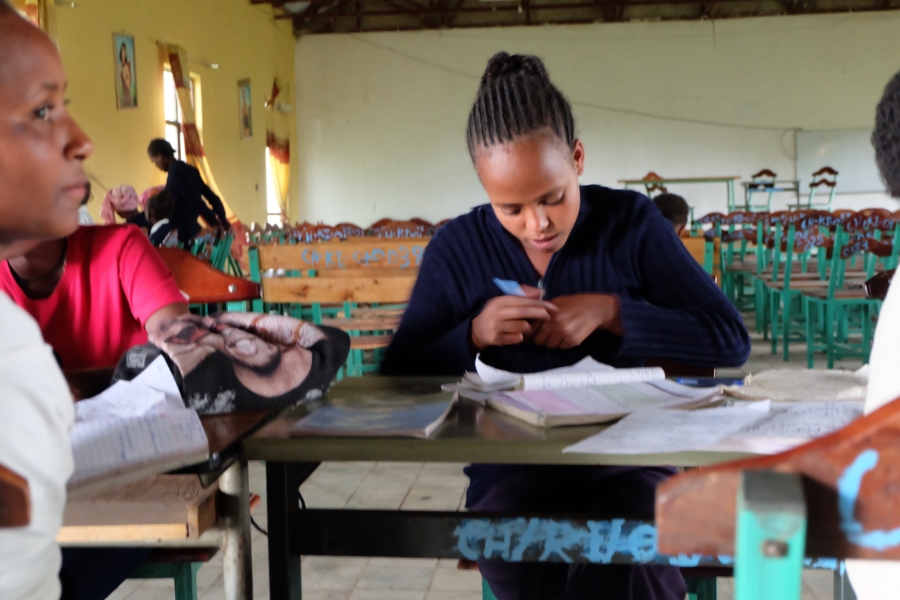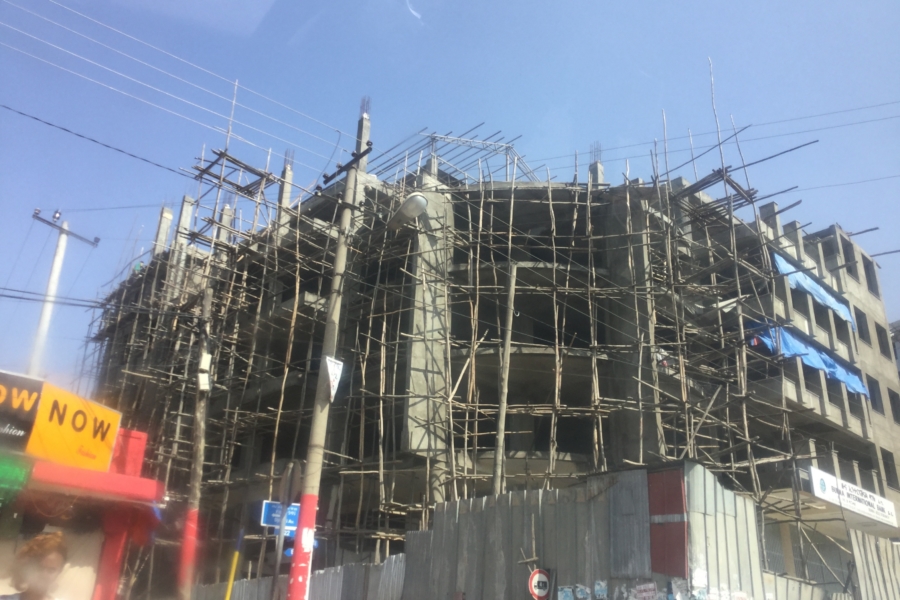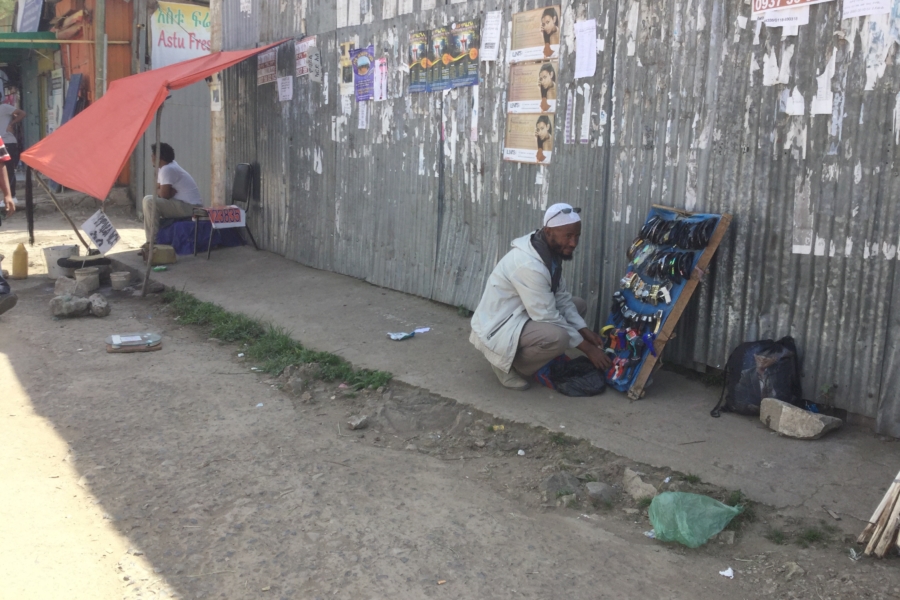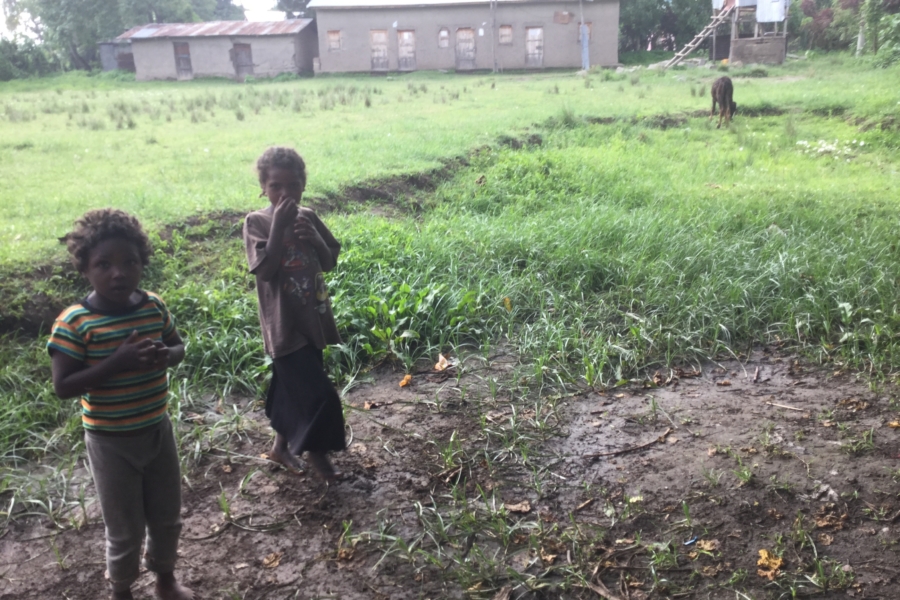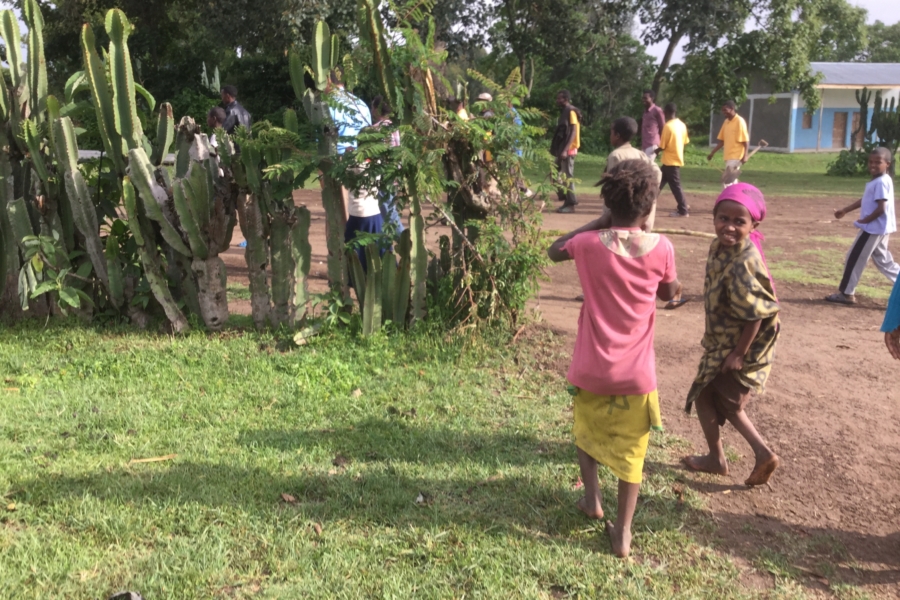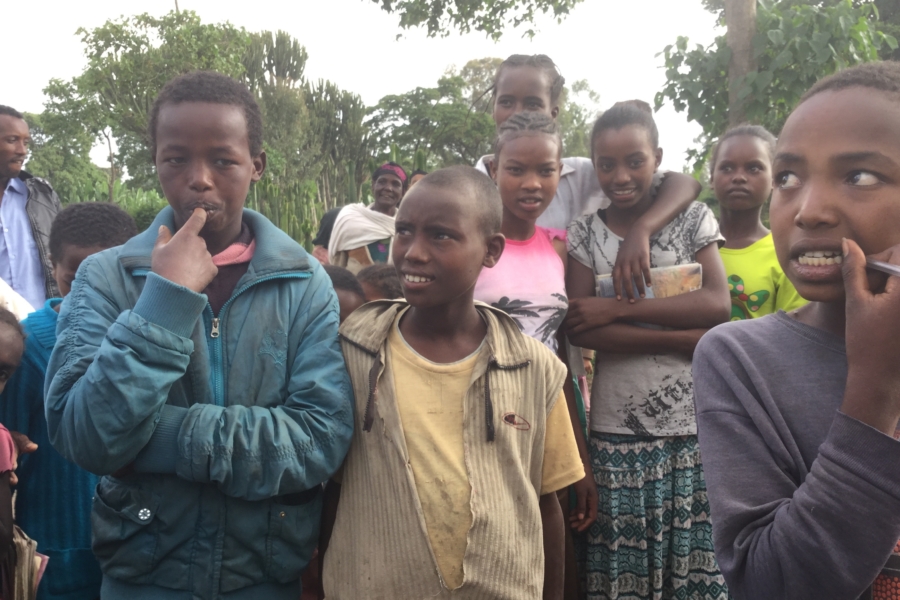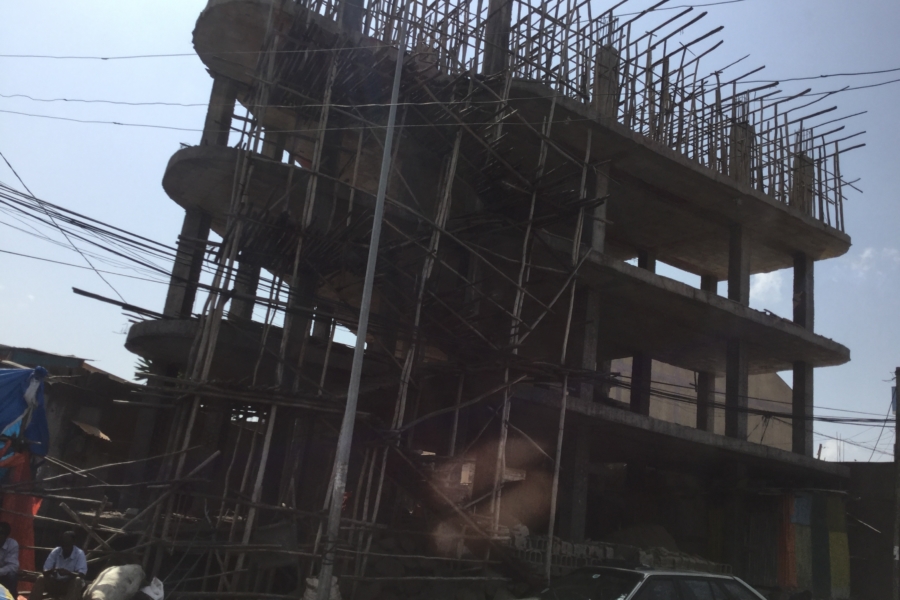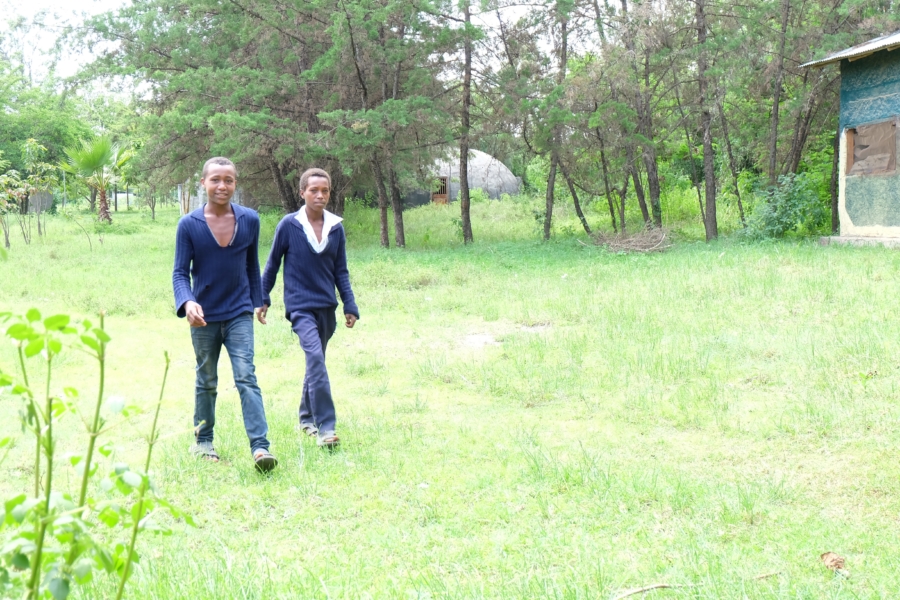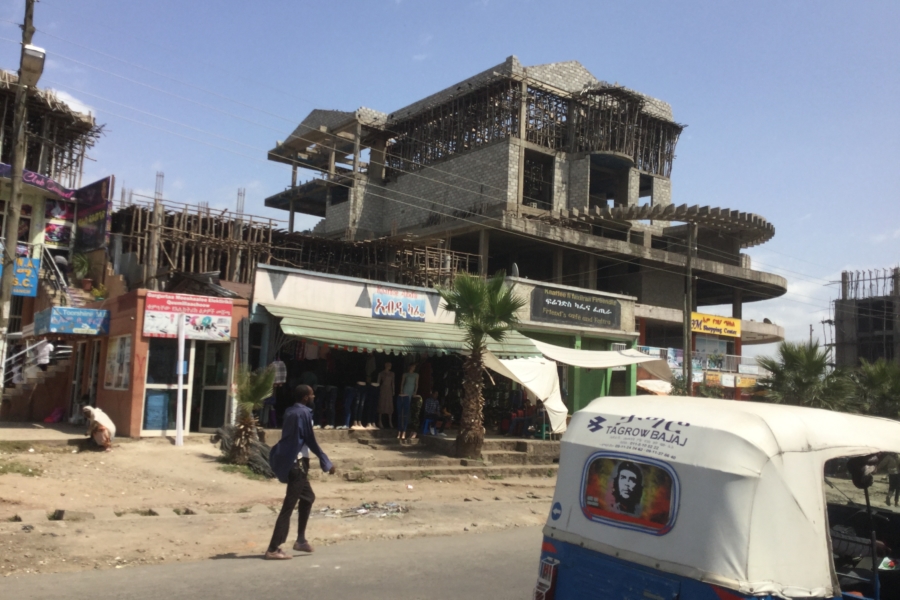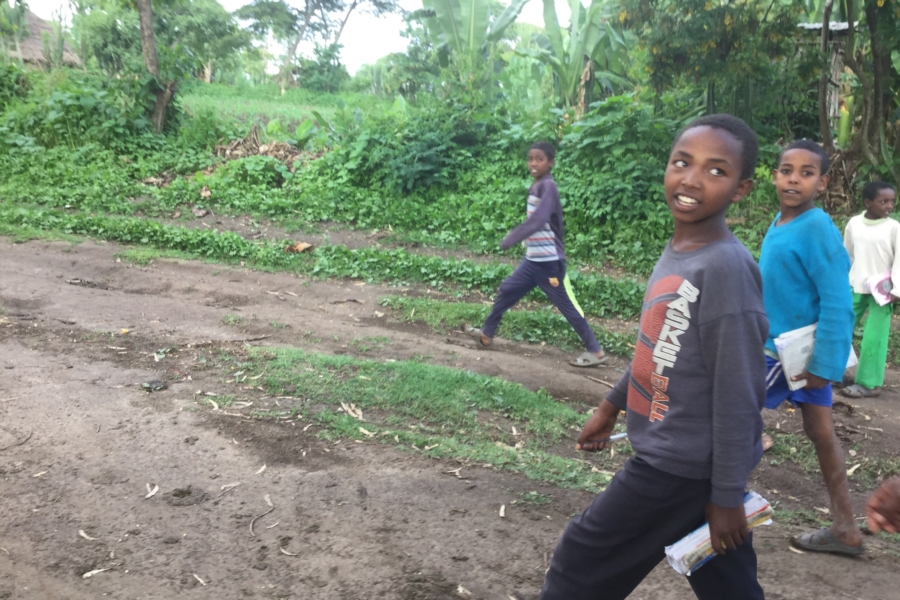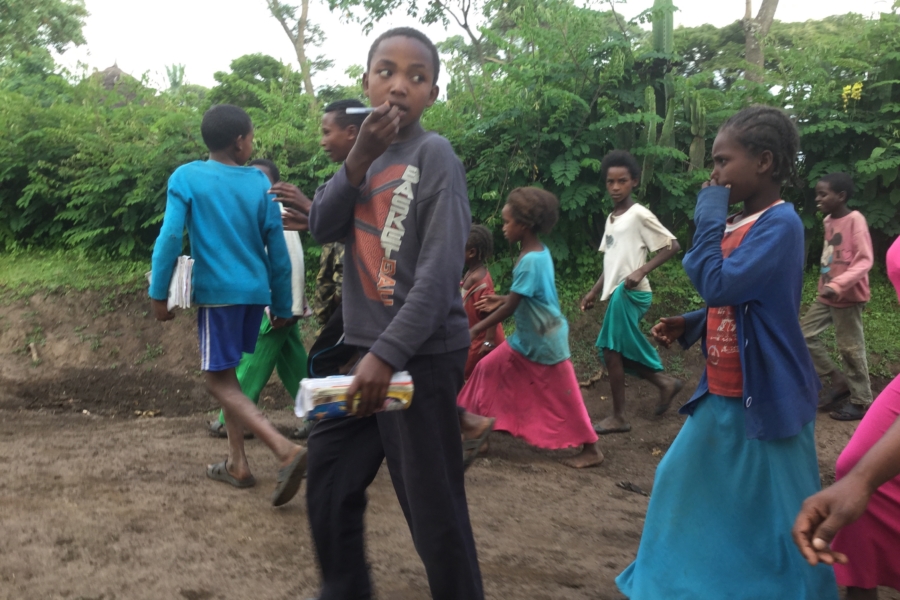We’ve been in Ethiopia for just a few days and we’re already packing up for our next stop in Nairobi, Kenya. As we prepare to hit the road, I am struck by the contrasts between urban and rural poverty.
In a way, it’s not unlike America — the rural poor living in run-down trailers off dirt roads in Eastern Kentucky bear little resemblance to the urban poor in housing projects of Detroit.
When businesses move in, residents are forced out. Just outside the city, 300,000 homes are under construction, although there’s no public transportation to help them get back into the city where their jobs or schools are.
But in Ethiopia, poverty is so much deeper and the contrast is starker, more striking and obvious.
The inner-city slums
Within the city of Addis Ababa, the construction boom is a testament to the vast amounts of foreign investment helping to develop the city. Every other building seems to be under construction, and that’s causing huge problems for the urban poor.
When businesses move in, residents are forced out. Just outside the city, 300,000 homes are under construction, although there’s no public transportation to help them get back into the city where their jobs or schools are.
We saw one of these huge relocation areas on our first day here – the former emperor’s palace is surrounded by shantytowns and shacks, but the government is forcing the inhabitants out to make room for businesses and tourist ventures. The people who have been living there are being moved to housing projects away from the center of the city. They are given the option of putting a down payment on a home in the newly designated area, but they are not given assistance to move, so few can afford it. These people, already poor, now have to relocate suddenly – away from their schools and jobs. The move leaves them even poorer, and the constant uncertainty is traumatic, especially for the children.
Relocation is intended to help the middle class with new business opportunities and development, but the poor are the ones who are disproportionately affected. With families spending most of what they earn on housing, they have little left for food and usually none for school tuition.
Out in the country
The rural version of the government’s relocation program is what’s hit the poor outside of the cities. In order to improve the country’s agricultural outlook, the government has moved rural farmers off their land, which is being turned over to large agricultural companies and investors. The locals are sent to live in the city slums or in other rural regions, where the soil hasn’t been cleared, roads haven’t been built, and they aren’t supplied with seed, fertilizer or any of the tools needed to farm.
In the countryside, the relocation programs have meant the soil that families are given yields little and, everyone is too isolated to get to schools or services – even if they can afford them.
Residents here pump water from wells they’ve dug, but water is still in short supply – and clean water, even more so. Children are thin and everyone’s clothes are tattered and worn.
While uncertainty tears at the emotional well being of the urban poor, it’s the isolation that impacts the rural population the most. Even a few miles is a huge distance out here, where there are no vehicles and only the lucky have even donkeys for pulling carts.
Most travel on foot or, more often, don’t travel at all. That means they get no services, no support, and no education, except for the lucky few who have ended up at Kids Hope Ethiopia and similar alternatives.
We will be in Kenya tomorrow afternoon and we expect to see more challenges there. Half of all Kenyans live below the poverty level and about 17 percent live on less than $1.25 per day.
Looking forward
We will be in Kenya tomorrow afternoon and we expect to see more challenges there. Half of all Kenyans live below the poverty level and about 17 percent live on less than $1.25 per day.
Some of the poverty there is due to disease – malaria, diarrhea, malnutrition, HIV/AIDS and pneumonia take a huge toll and that’s one of the things we’ll be talking to our volunteer coordinators about in Nairobi.
The capital city is home to one of the world’s largest slums but it’s also home to several non-governmental organizations and community centers. The facilities provide medical aid, HIV/AIDS counseling and day-to-day necessities, in addition to education for children.
We’re planning to visit the schools and the homes of the children who attend them before heading to Materi, where Children Incorporated sponsors a boarding school for girls.
I’m not entirely sure what to expect; economically, Kenya is the biggest and most advanced economy in east and central Africa, but the people in the country are very poor and the slums are reportedly some of the worst in the world.
As Luis and I board the plane, he reminds me that we are playing the long game. Life is extremely hard in many of the places we visit, but little by little, hope sets in and a new generation is born. I’m holding on to that.
***
HOW DO I SPONSOR A CHILD IN ETHIOPIA?
You can sponsor a child in Ethiopia in one of three ways – call our office and speak with one of our sponsorship specialists at 1-800-538-5381, email us at sponsorship@children-inc.org, or go online to our donation portal, create an account, and search for a child in Ethiopia that is available for sponsorship.

